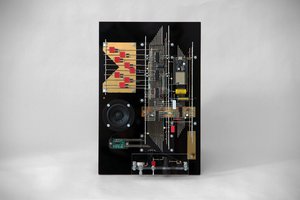If you prefer the video version, I got you covered. Text continues below:
Again, the hardware for this project is an Electrosmith Daisy Seed, an Arduino Nano Every, an LM380 2.5W amplifier, and an 32x8 LED matrix - completing the golden row of "an" prefixes. The Daisy Seed is an STM32-based audio platform which makes DSP a breeze, and the entire algorithmic composition and audio processing takes place on it. Due to some issues running the FastLED library - which I'm using to control the LED matrix - on the Daisy, I had to chuck in another MCU just for that. In hindsight I could have used an ESP01 module to save on costs, but I wasn't sure of how many pins I would need to get the matrix to sing along with the audio.
I wanted to experiment a bit with 3D printing. Usually I stick to freeform electronics and acrylic glass when building my projects, but I'm constantly looking for new materials to work with. I also abandoned SketchUp in favor of Fusion 360, which certainly was a learning curve, but I quite enjoyed it and will probably stick with it. It also makes certain things easier when it comes to 3D printing, such as having smooth curves (in SketchUp you have to fool around in the entity properties to increase the number of segments (aka straight lines) a circle is made out of, and even then it won't be 100% smooth).
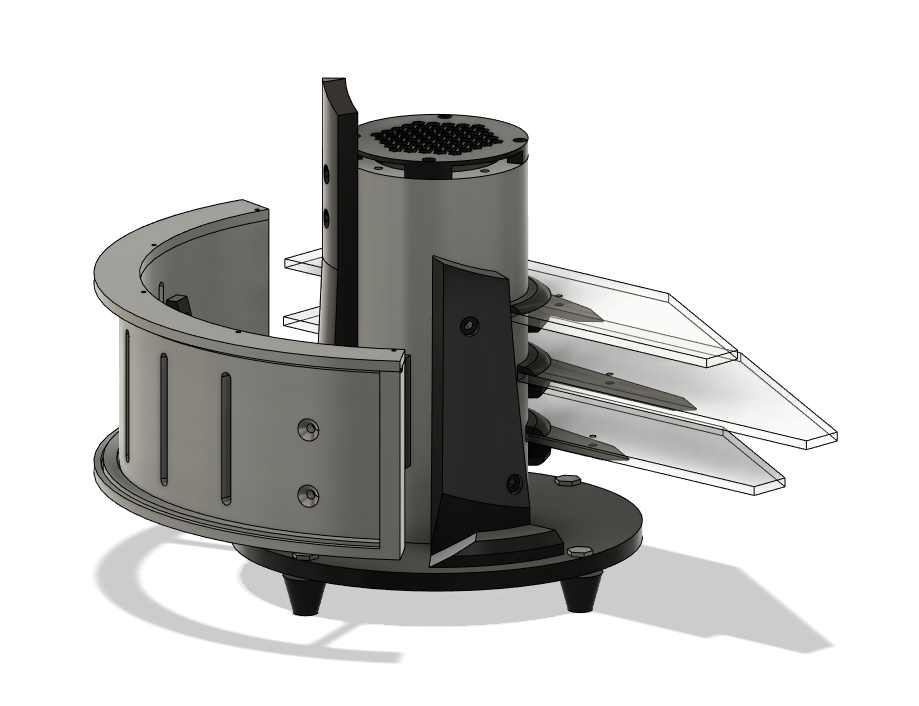
(the round base plate rather than a square one is simply a byproduct of after-the-fact messing around with the design)
The algorithmic composition takes two sequences of musical notes and rhythms and changes them gradually over time. In synthesizer speak, it contains two oscillators and VCAs, a Moog-like ladder filter and an overdrive. The filter cutoff frequency and resonance are based on things such as average pitch between the two voices, amplitude, and a sprinkle of modulation from an LFO.
I always struggle with speaker enclosures, so I was happy that I could use the central column, which also houses the electronics, both for that and as a sort of mounting point for all the other components in the sculpture. I was experimenting a bit with passive radiators, but in the end I found that it's only a marginal improvement in the very low frequencies (probably more tuning is needed?).
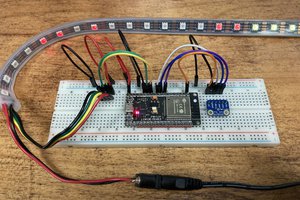
 Phil Malone
Phil Malone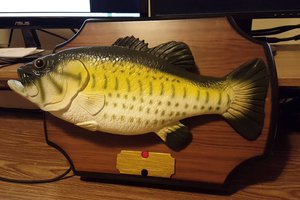
 Bob Baddeley
Bob Baddeley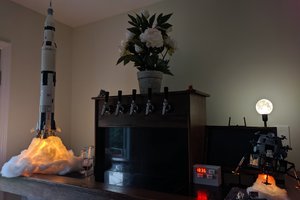
 Ben Brooks
Ben Brooks